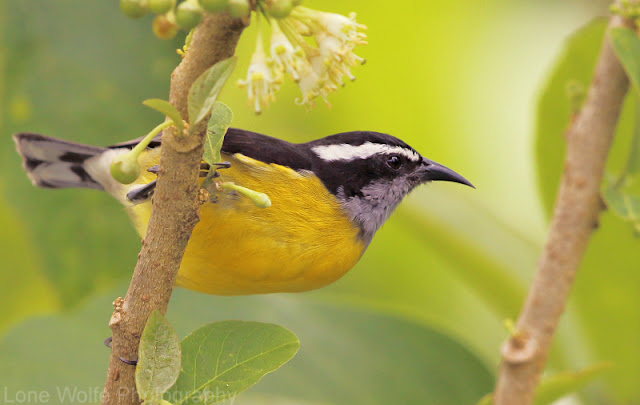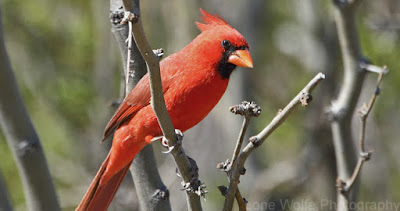Portal is an amazing, unique place for many reasons, not the least of which are its residents. Some of them are retired professors. Helen, the real estate agent who sold me Faranuf, has along with her husband Noel been involved in many bird reintroduction programs such as the Thick-billed Parrot and California Condor, not to mention Helen's a biologist and raptor expert and Noel has a doctorate and plays a mean cello. At Sky Village, a 450-acre development just outside of Portal, you can buy a house with an attached observatory and is home to retired astronomers, astrophysicists, or just professionals who appreciate the extraordinarily clear night skies here on the east side of the Chiricahuas. So whenever there's an announcement made that a presentation will be given at the Portal Rescue building, you know it will be a talk given by an expert in their field.
One of my best friends, and a person who really pushed for me to move here, is Peg Abbott. She's the owner and lead guide of Naturalist Journeys, one of the premier nature and birding tour companies that can take you to places as far-flung as Alaska and Africa. Naturalist Journeys merged operations with Caligo Ventures, which is the exclusive North American booking agent for the West Indies island of Trinidad's Asa Wright Nature Centre. Asa Wright is widely considered by birders and nature enthusiasts to be the best introduction to the tropics. By now you're probably asking "OK Steve, where are going with this?" Simply put, I went to Trinidad. And it was my introduction to the tropics, too.
And my reintroduction to plane travel, too. The last time I'd taken a long-distance flight was in 1982 when I flew from LA to Amsterdam to do a 6-month cycling tour of Europe. (It was fun, but that's another story.) Suffice to say that things have changed a bit since then. But after a plane ride of about 13 hours with one changeover, I arrived in Trinidad's capital of Port-of-Spain around 8:30pm local time dragging my wheeled luggage check-in bag, plus a bag with my camera gear which barely made the maximum size for a carry-on, and a small backpack. After standing in the wrong line for customs -- I'd followed a group of boisterous American oil workers speaking in a loud Texas twang, but it turns out they had priority -- I got into a really long line which after awhile I realized was for Trinidad residents (I didn't read the signs, naturally, but I have my long plane flight to blame for that) and finally went through the customs line for visitors. Jerry was waiting for me with an "Asa Wright" sign and the admonition "I was looking for your green Caligo luggage tags!" I lamely replied that I lost one and the other was hidden from view by my luggage so he couldn't see it. (Memo for next time: Make those green tags visible -- they're there for a reason!)
Some of you may not know where Trinidad is -- or what it is. Trinidad, along with Tobago, is a twin island country that's the southernmost nation in the Caribbean. It's a real melting pot of ethnicities with about 70% of the population of Indian or African descent. English is Trinidad's official language but the main spoken language is an English-based creole one that reflects the Amerindian, European, African and Asian heritage of the nation. The religions are just as diverse as the population: Catholic, Hindu, Evangelical, Spiritual Shouter Baptists (an African one combining different beliefs), Anglicans, Muslims, Seventh-day Adventists -- the list goes on and on. You'd think that with all of these influences and different ways of looking at things life could be a bit chaotic there, but Trinidad and Tobago is the most developed nation, and one of the wealthiest, in the Caribbean.
So there I was at 8:30pm with Jerry at the wheel, driving on the "wrong" side of the road -- something left over from being a British colony -- heading up to the Northern Range and the Asa Wright Nature Center. As it was dark I had no idea what the area looked like until I left my room and walked to the famed verandah at 6am the next morning.
The famous verandah at Asa Wright.
The spectacular view from the verandah.
A closeup of the verandah view, looking down the Arima Valley.
The Centre is located at an elevation of 1,200 feet in the mountains of the Northern Range, 7 miles north of the town of Arima. It was a plantation owned by Newcombe and Asa Wright that attracted scientists due to its ease of access to spectacular wildlife including the famed Oilbird Cave. Once Asa Wright could no longer maintain the plantation, concerned conservationists from around the world raised money and established a trust to create the Asa Wright Nature Centre, and now it's a top destination for birders and others, staying in an unspoiled and forever-protected section of Trinidad. Asa Wright is considered to be the best introduction to tropical birding, and every bird I saw during my stay was a Lifer for me. Well, except for the seemingly ubiquitous Turkey Vulture.
Purple Honeycreeper
Bananaquit
Female Green Honeycreeper
White-bearded Manakin
There's much more to come...






























































